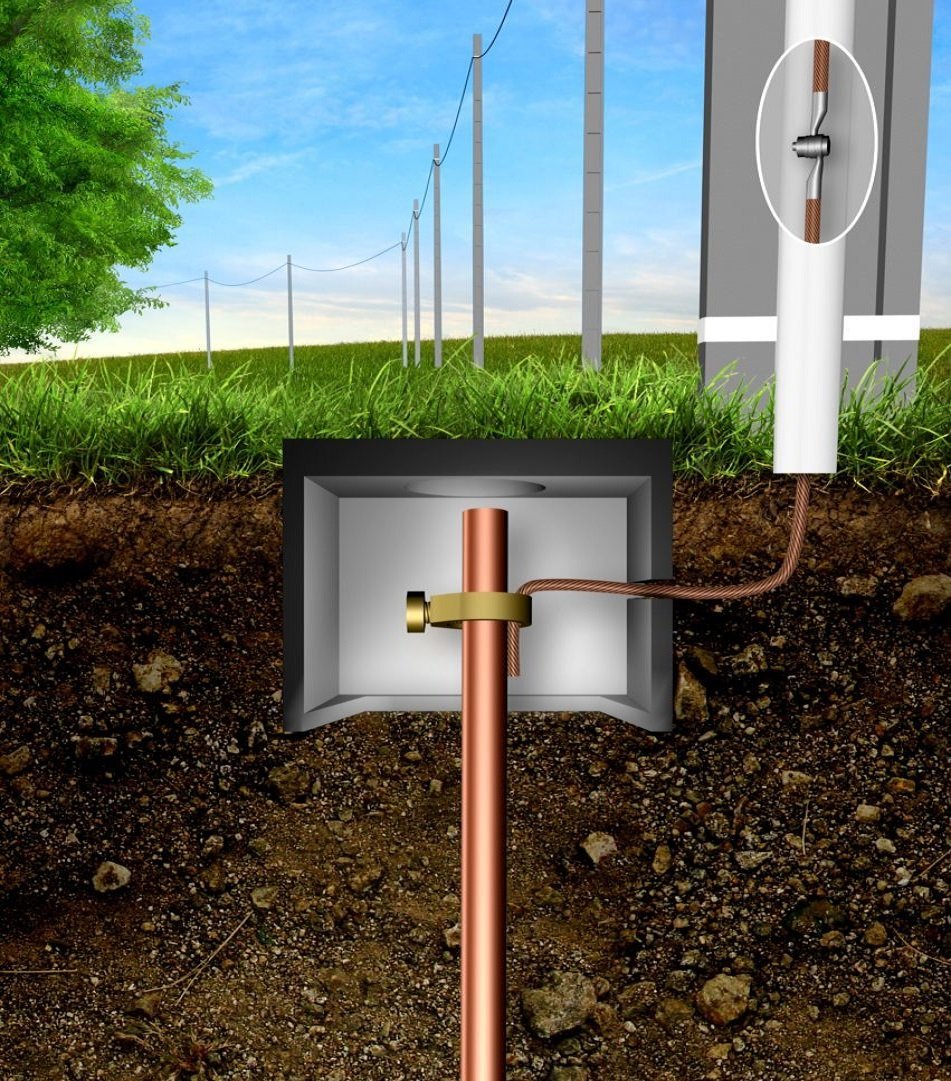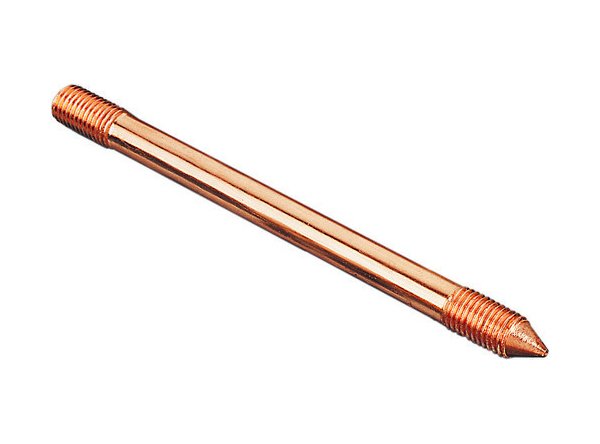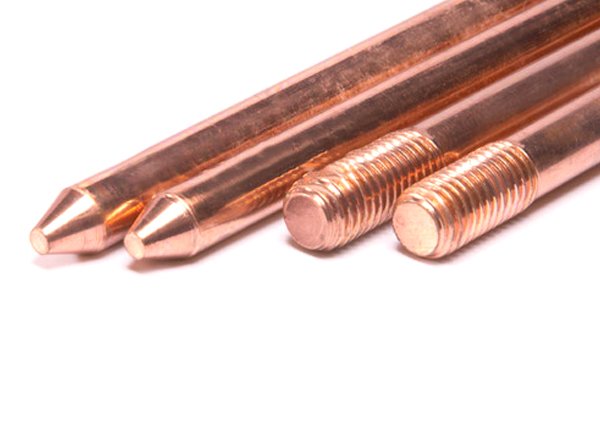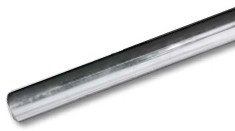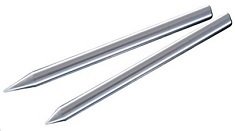What is an earthing?
The procedure by which charges are sent directly to the ground using a low resistance wire in order to cause an immediate discharge of electrical energy.
What is an earthing rod?
Earth rods and associated fittings provide a solid earthing system in overhead or underground electrical distribution and transmission networks. Fault current capacity may be increased in low, medium, and high-voltage substations, towers, and power distribution applications.
The earth rod or group of copper rods may be surrounded or backfilled with a low resistance earthing material such as bentonite, making the installation simple in areas with subsurface conditions that are devoid of rocks and boulders. This makes the earth rods more convenient to install.
The earth rod may be selected to provide safe, dependable, and long-term earthing protection according to the ground's corrosiveness and electrical conductivity.As the earth rod is being installed with an electric or pneumatic driving rod, the mechanical strength of the rod must be adequate to withstand the abrasion and stress; the head of the earth rod should not mushroom or spread when it is being pushed.
The earth rods manufactured by Nexus Metal & Alloys are extendable by design, and copper couplers are utilized to interconnect several earth rods to achieve the desired driving depth.
The longer copper earth rods reach lower resistance soils at lesser depths thanks to the rod couplers' persistent electrical conductivity. The most efficient electrode for usage in small area substations or where low soil resistivity ground conditions are found under a layer of high soil resistance and into which the rod may penetrate are vertically driven earth rods. This is because low soil resistivity ground conditions allow the rod to penetrate deeper into the ground.
Types of earth Rod
- Copper Bonded Earth Rods
- Solid Copper Earth Rods
- Stainless Steel Earth Rods
- Galvanized Steel Earth Rods
Copper Bonded Earth Rods
A coating of copper is electroplated onto a steel core during the manufacturing process, which gives the product its distinctive appearance. Copper Connected goods have an advantage over Copper Clad products due to the fact that they are molecularly bonded with the steel core. As a result, when they are pushed into the ground, they will not slide or rip and so give an advantage. Copper Bonded Rods provide the same benefits as Solid Copper Rods, including resistance to corrosion and low electrical resistance, but at a substantially lower price point. In addition to this, these Copper Bonded Rods have a steel core, making it easier for them to be driven into the ground.
Therefore, Copper Bonded Rods provide a high tensile strength by combining low carbon steel with molecularly bonded electrolytic copper that is 99.9 percent pure. As a result, copper-bonded rods are the most cost-effective option available, making them the material of choice for earth rods all over the globe.
Solid Copper Earth Rods
Solid Copper Earth Rods are an excellent option to consider when looking for Earth Electrodes. They are suitable for use in environments characterized by high levels of corrosion as well as in contexts that need an extraordinarily extended service life. In addition to that, installations that have strong fault currents take advantage of them. These Solid Copper Rods start out like bars of solid copper, which are then treated to make jointing possible, and finally end up in your hands. However, since there is a risk of bending with these Solid Copper Rods, they are not suitable for use when driving them deeper into the ground. In addition, the price of these Solid Copper Rods is much more than the price of the other Rod alternatives.
Stainless Steel Earth Rods
In most cases, these rods are used in locations where there is a potential for galvanic corrosion to be a problem as a result of dissimilar metals being buried in close proximity to one another. However, considering all of the other choices, this one has a high price.
Galvanized Steel Earth Rods
These rods are galvanized in a hot-dip process and constructed of high-strength steel with low carbon content. These rods have the lowest cost but also the lowest corrosion resistance, electrical conductivity, and current-carrying capacity.
Advantages of Earth Rods
- In order to get a low earth resistance in the most cost-effective manner, copper bonded earth rods are the way to go.
- They are simple to put in place in soil environments that are relatively free of rocks and stones. Copper bond Earth Rods provide great tensile strength by combining low carbon steel with a 99.9 percent pure electrolytic copper molecularly bonded. As a result, they are able to be readily driven into the ground with a driving rod hammer and do not need a huge trench to be dug beforehand.
- They are built with the capability of being extended. Highly conductive copper couplers are used to link many rods together into the appropriate length to reach lower resistance soil deeper in the ground. This is accomplished by using multiple rods.
- Vertically driven rods are a significantly more space-efficient earthing technique, making them ideal for situations in which space is at a premium.
- They are not prone to corrosion.
- Because of their space-saving design, they are simple to store and convenient to carry across considerable distances.

 "Government Recognised Star Export House"
"Government Recognised Star Export House"



